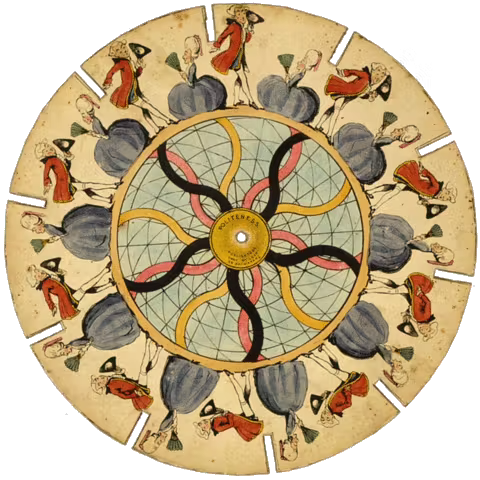Ecological technology and discreteness
In ecological thinking, everything is hitched to everything else. Technologies, although entangled, are often perceived, thought of and acted upon as discrete entities. After all, you use a screwdriver, a computer and an LLM as discrete tools.
Technologies are more than tools. Discreteness is a useful, incomplete way of making sense of technologies. After all, an LLM is not a horse, although they might inform each other in how we, humans, perceive and use them. If that seems far fetched, consider a different example: we “point” and “shoot” guns (bullets), as well as cameras.
From https://asteriskmag.com/issues/10/the-universal-tech-tree:
2) A heuristic for discretization
Innovation is always a process, but a constraint of putting technologies on a timeline is that they must be reduced to discrete events. This step turned out to be less of an issue than I anticipated. We are already used to thinking about innovation in terms of specific “inventions” and “discoveries.”. Even though there were many precursors and prototypes to the light bulb, we generally date its invention to 1879, when Edison and Joseph Swan made the first practical versions.
Still, what level of discretization should be used? Too zoomed out, a tree won’t be useful. Too zoomed in, and it becomes impossible to complete, its core information drowned in minutiae. The heuristic, here also, is to use Wikipedia: If a technology has its own Wikipedia page, then it probably deserves to be a node in the tree.
The invention also has to be sufficiently innovative. Something is an invention only if it allows some new capability rather than tweaking an existing design. This approach comes with limitations. The tree doesn’t tell us much about tech diffusion (like the spread of the compass in the Middle East and Europe after it appeared in China) or incremental improvements (like new car models after the Benz Patent-Motorwagen in 1885) — except where the diffused or improved versions can themselves be considered new technologies (like the dry compass in 13th-century Europe or the hybrid electric car in 1900).
